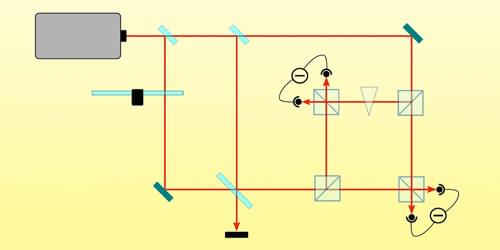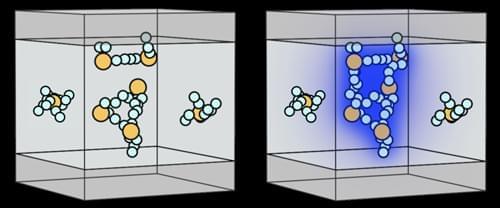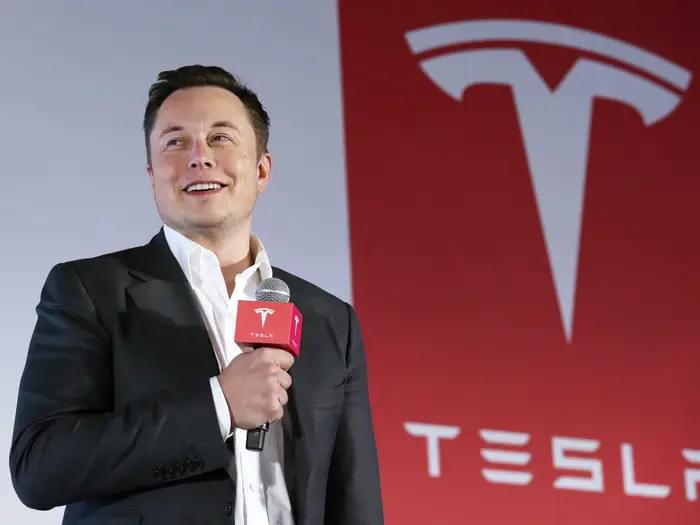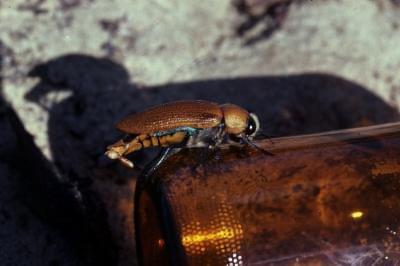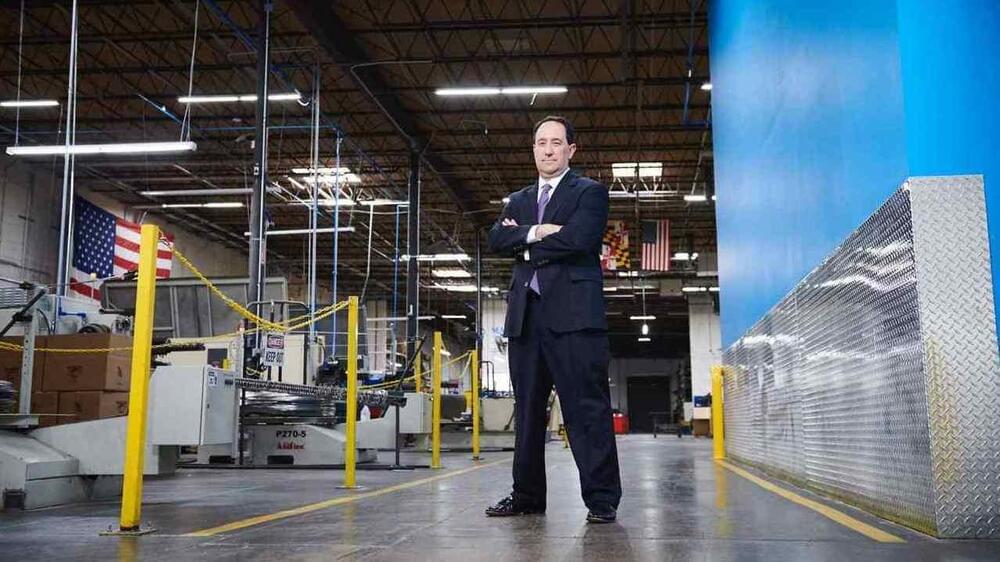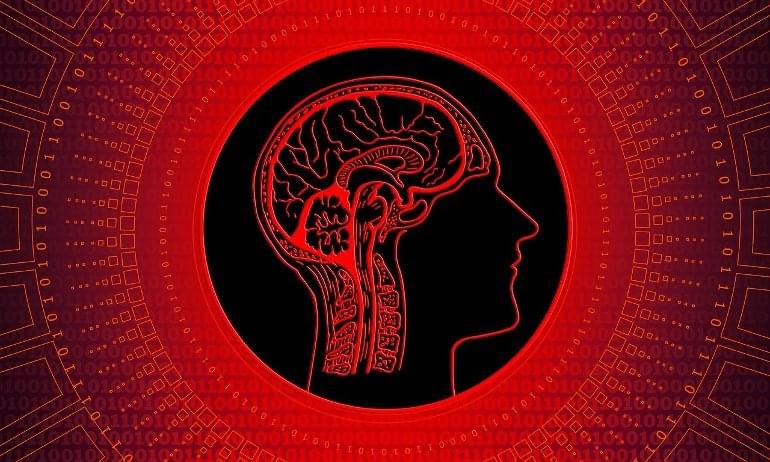A fundamental principle in statistical mechanics called microscopic reversibility has been extended to the quantum world.
Resistive switching random-access memories (RRAMs) integrate information storage and processing into the same device, enabling faster and more energy-efficient computing. However, RRAMs are challenging to fabricate and suffer from inconsistent on-off switching. Now Zheng Jie Tan, Vrindaa Somjit, and collaborators at the Massachusetts Institute of Technology have discovered that adding dopants to the RRAMs dramatically improves their performance and the yield of their fabrication [1]. The researchers say their results provide an additional “knob” to optimize RRAMs, helping position them as one of the leading technologies for so-called in-memory computation.
An RRAM comprises an insulating material sandwiched between two metallic layers. The bits are defined by the amount of current that passes through the device via conduction paths in the insulator under a voltage. If the voltage is strong enough, it can induce the formation or destruction of conduction paths, thus controlling information processing.
While fabricating their device, the researchers added electronegative dopants, such as gold atoms, to the insulating material. The electron redistribution induced by the dopants facilitated the formation of conduction paths, which became more stable and showed increased on-off switching consistency compared with their undoped counterparts. Moreover, doped RRAMs were consistently fabricated with conducting paths already established before the device was used. Undoped RRAMs are often fabricated without such paths, and the postfabrication process required to create them—“electroforming,” involving the application of a very strong voltage—can result in irreparable device damage.
Researchers can now predict exactly how soap molecules spread across a body of water, an everyday but surprisingly complex process.
When a tiny drop of soapy water falls onto a pool of liquid, its contents spread out over the pool’s surface. The dynamics of this spreading depend on the local concentration of soap—which varies in time and is difficult to predict—at each point across the entire pool’s surface. Now Thomas Bickel of the University of Bordeaux in Talence, France, and Francois Detcheverry of the University of Lyon, France, have derived an exact time-dependent solution for these distributions [1]. The solution reveals surprisingly rich behaviors in this everyday phenomenon.
The duo considered a surfactant-laden drop spreading over the surface of a deep pool of fluid. Researchers have previously shown that the equations governing the transport of the surfactant particles can be mapped to a partial differential equation known as the Burgers’ equation, which was initially developed to describe flows in turbulent fluids.
Elon Musk made a bold prediction during Tesla’s Q3 2022 earnings call stating that Tesla would grow to become an enormous company by the end of this decade.
Tesla CEO Elon Musk dazzled and entertained listeners during the call, which was full of jokes and ambitious goals. That’s when he made the bold statement that Tesla could surpass both Apple and Saudi Aramco’s market cap in the future.
Back in 2017, Elon Musk said Tesla would exceed Apple’s market cap of $700 billion in just a few years. Tesla did just that back in 2020 during its glorious bull run and hit the $1 trillion mark during the height of the 2021 stock market bull run.
Technology to produce, convert and store energy is central to these researchers’ efforts.
Gas stoves in California homes are leaking cancer-causing benzene, researchers found in a new study published on Thursday, though they say more research is needed to understand how many homes have leaks.
In the study, published in Environmental Science and Technology on Thursday, researchers also estimated that over 4 tons of benzene per year are being leaked into the atmosphere from outdoor pipes that deliver the gas to buildings around California — the equivalent to the benzene emissions from nearly 60,000 vehicles. And those emissions are unaccounted for by the state.
The researchers collected samples of gas from 159 homes in different regions of California and measured to see what types of gases were being emitted into homes when stoves were off. They found that all of the samples they tested had hazardous air pollutants, like benzene, toluene, ethylbenzene and xylene (BTEX), all of which can have adverse health effects in humans with chronic exposure or acute exposure in larger amounts.
In the arid, open areas of western Australia lives a giant jewel beetle with a strange habit. The male beetles are known to ignore females, choosing instead to mate with beer bottles.
Factories have added 467,000 jobs in the last 12 months, as production jumped to its highest level since 2008. But manufacturing remains a much smaller slice of the U.S. economy than it used to be.
A single computer chip has transmitted a record 1.84 petabits of data per second via a fibre-optic cable – enough bandwidth to download 230 million photographs in that time, and more traffic than travels through the entire internet’s backbone network per second.
Asbjørn Arvad Jørgensen at the Technical University of Denmark in Copenhagen and his colleagues have used a photonic chip – a technology that allows optical components to be built onto computer chips – to divide a stream of data into thousands of separate channels and transmit them all at once over 7.9 kilometres.
First, the team split the data stream into 37 sections, each of which was sent down a separate core of the fibre-optic cable. Next, each of these channels was split into 223 data chunks that existed in individual slices of the electromagnetic spectrum. This “frequency comb” of equidistant spikes of light across the spectrum allowed data to be transmitted in different colours at the same time without interfering with each other, massively increasing the capacity of each core.
Summary: In a highly competitive environment, Trinidadian killifish grow larger brains. This neuro-evolution allows for greater fitness and survival rates.
Source: UT Arlington.
In response to a high-competition environment, Trinidadian killifish evolve larger brains, increasing their fitness and survival rates, according to a new study in Ecology Letters by biologists at The University of Texas at Arlington.
